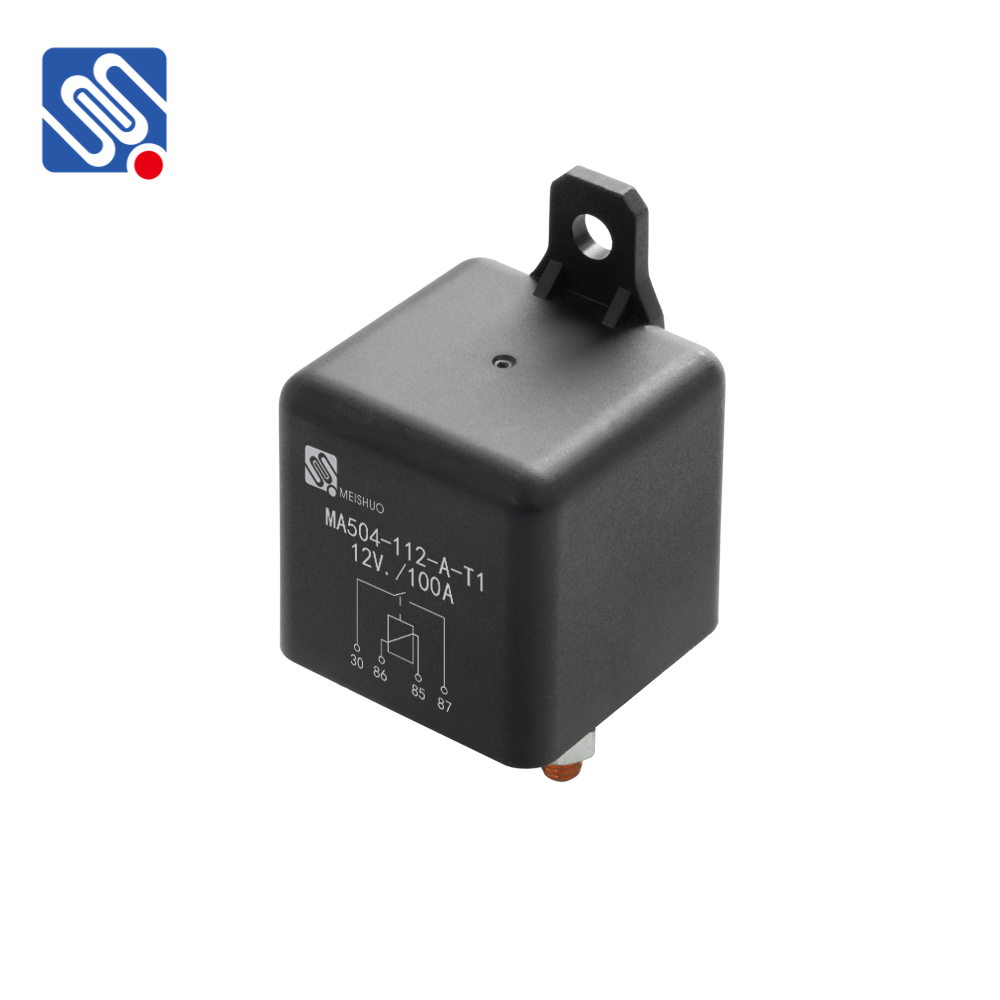understanding relay load and the role of meishuo in optimizing performance
Release time:2025-04-24 23:09:33
Relay loads are a crucial aspect of electrical systems and automation, particularly in applications where switching and controlling heavy electrical currents are required. In the context of industrial and commercial operations, relays act as an intermediary that allows for the control of high-power devices using low-power signals. The ability to effectively manage relay loads is essential to ensure that electrical systems are both efficient and safe. In this article, we will explore what relay loads are, how they function, and highlight the role of Meishuo in optimizing relay performance.

What is Relay Load?
A relay is an electrically operated switch that uses an electromagnet to open or close contacts, enabling or disabling the flow of electricity in a circuit. A relay load refers to the electrical load that the relay controls when it closes or opens the contacts. This load could be anything from a motor, light, or any other electrical device that requires higher voltage or current levels than the relay's control circuit can handle.
Relays are widely used because they allow for remote control, automation, and protection in electrical systems. They also provide a level of electrical isolation between the low-power control circuit and the high-power load. Without relays, circuits would need to be physically connected to each device, making systems more complicated, dangerous, and inefficient.

